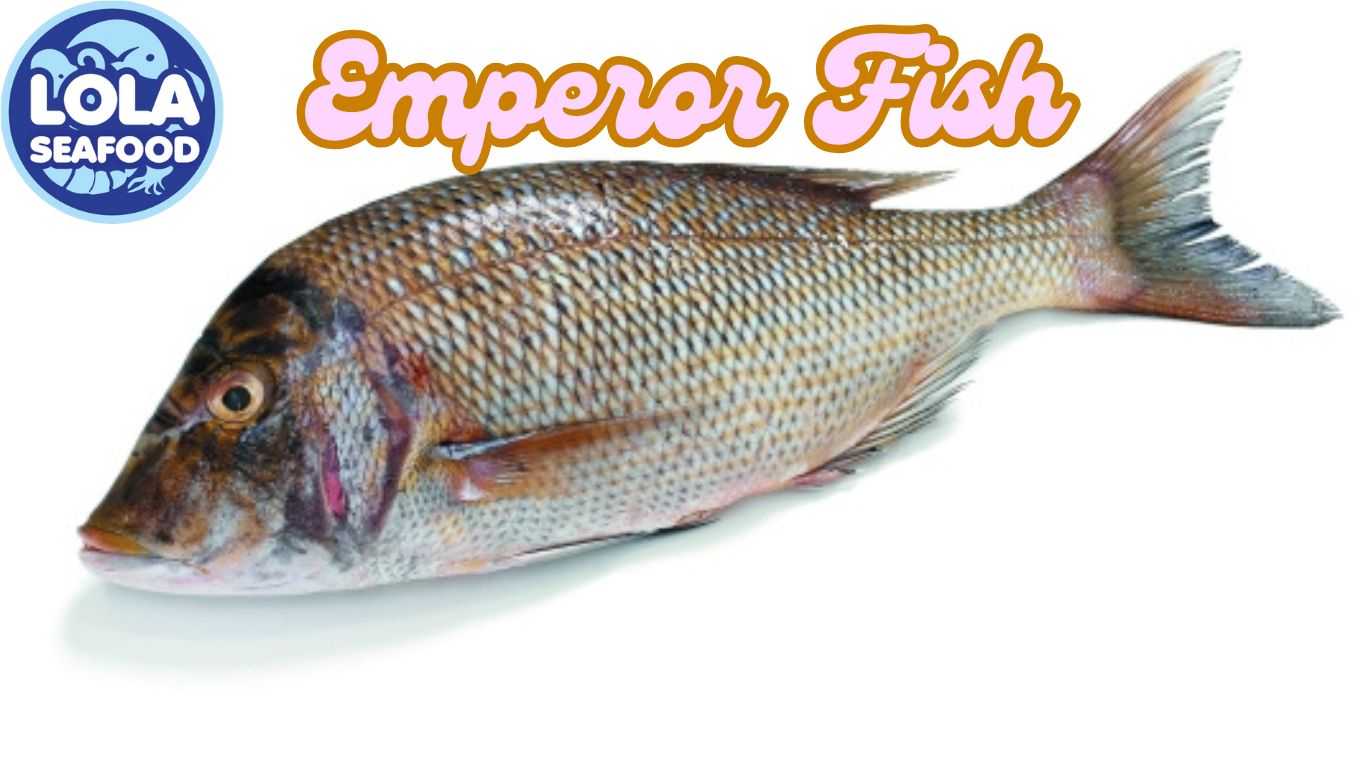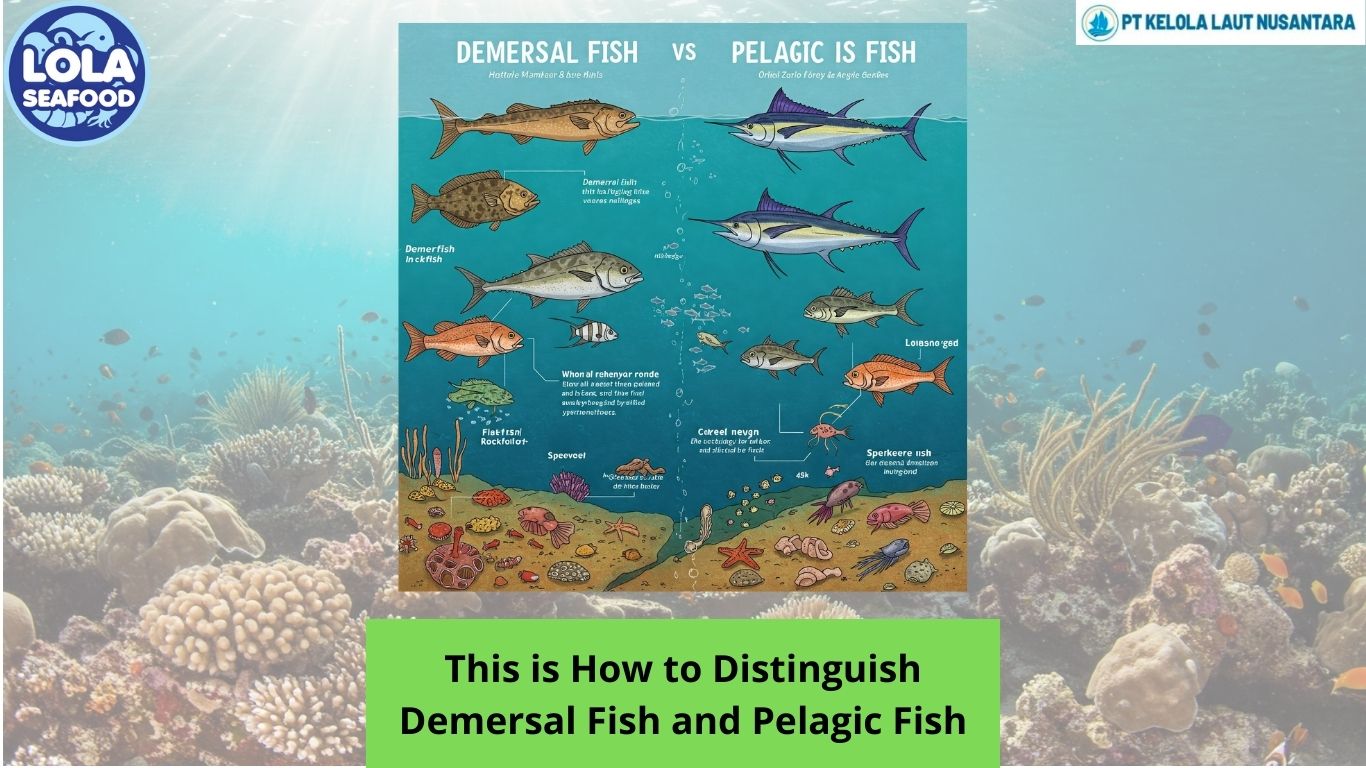Emperor Fish
By. Najih - 21 Nov 2024
Emperor fish, belonging to the family Lethrinidae, are commonly found in tropical waters and are known for their distinctive features like pointed snouts and large eyes. They can live up to thirty years and are often sought after for both fishing and culinary purposes. Various species within this family, such as Lethrinus nebulosus, also known as the spangled emperor, exhibit unique characteristics and habitats.
Species Overview
- Scientific Name: Lethrinus nebulosus
- Common Names: Spangled emperor, green snapper, sand bream, Sheri, and yellow sweetlips
- Habitat: Found in the Indo-West Pacific region, particularly around East Africa, Japan, Australia, the Persian Gulf, and the Red Sea.
- Depth Range: Typically inhabits waters between 20 to 300 meters deep, often near structures like coral reefs and rocky areas.
Physical Characteristics
- Coloration: Yellow to yellowish-brown or bronze, with a lighter belly and scattered blue markings.
- Size: Commonly grows to about 70 cm, with the largest individuals reaching up to 87 cm.
- Fins: Whitish or yellowish fins with a yellowish-edged dorsal fin.
Diet and Feeding Habits
- Primary Diet: Feeds mainly on mollusc’s, echinoderms, and crustaceans, with occasional consumption of polychaetes and other fish.
- Feeding Behaviour: Benthic feeders, often foraging on the ocean floor.
Conservation Status
- Population Concerns: Overexploitation has led to a decline in populations, particularly in the Persian Gulf, although offshore populations remain of lower concern.
- Annual Catch: Approximately 3000 tons of Lethrinus nebulosus are caught each year in the Persian Gulf.
Recreational and Commercial Importance
- Fishing: Highly sought after by recreational fishers due to its delicious taste.
- Commercial Value: Considered one of the major commercial fish in regions like New Caledonia.
Parasites
- Common Parasites: Hosts various parasites, including monogeneans and copepods, which can affect its health and population dynamics.
- Specific Species: Includes Calydiscoides and Hatschekia species, which are found on the gills.
Emperor fish play a significant role in both ecological and economic contexts, making them an important species for study and conservation efforts. Emperor fish are not only vital to marine ecosystems but also hold significant cultural and economic value in many coastal communities, highlighting the need for responsible management and conservation strategies.

.jpg)
.jpg)
.jpg)




